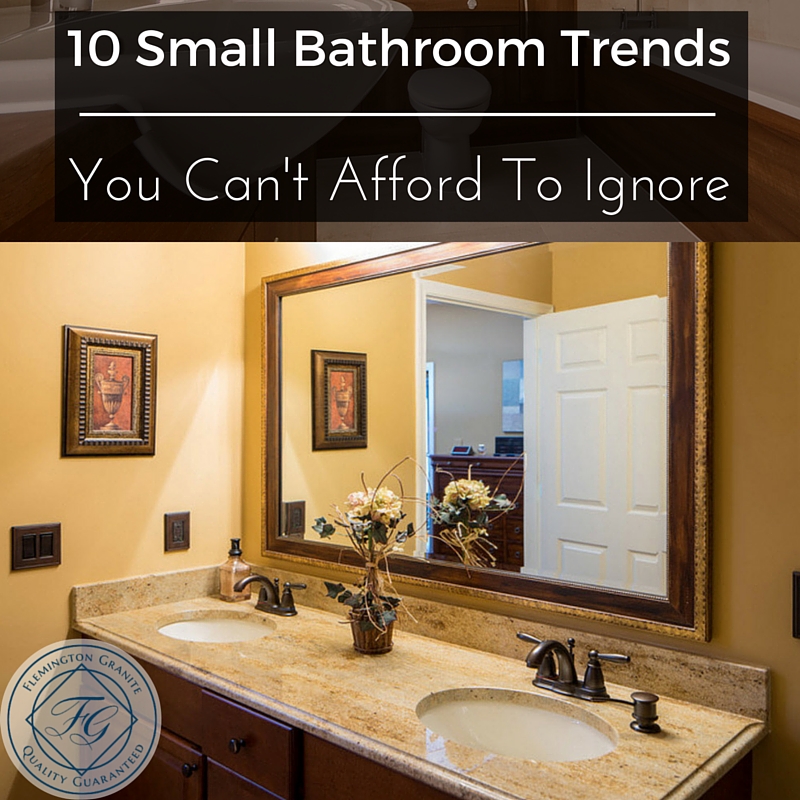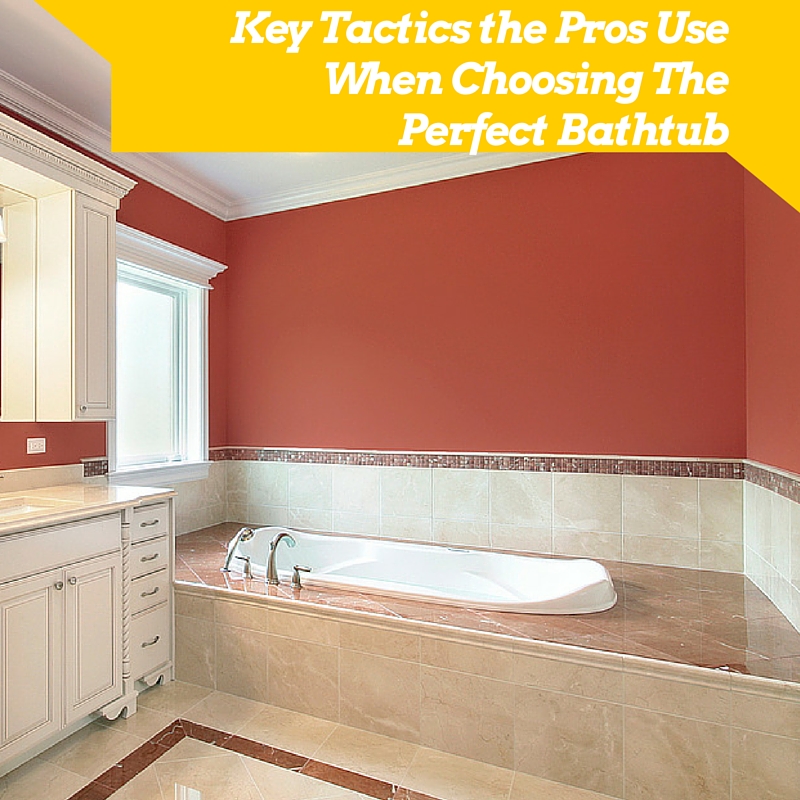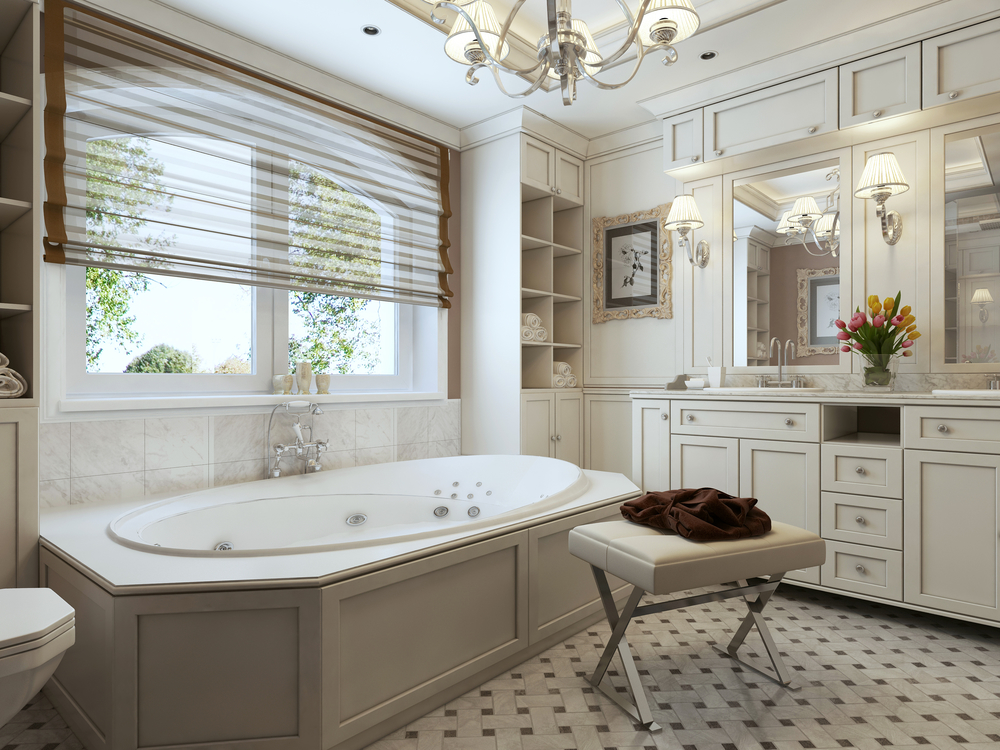When you are working with a bathroom that has a tiny layout, deciding how to best remodel it may be challenging. By incorporating some smart design strategies, you can still make your small bathroom look beautiful while also improving its function.
At Flemington Granite, our professional designers work with our customers to help them visualize the bathrooms they would like to have. We help them with creating floor plans that can bring the results they want. Here are some ideas that can transform your small bathroom into a beautiful and more usable space.
1. Install mirrors across entire walls
When you add mirrors covering an entire wall, your small bathroom can instantly look as if it is twice its size. This works especially well above your bathroom’s vanity or across the side of a bathroom that is narrow. Because of their reflective properties, they also provide your room with more light from your windows or existing fixtures.
2. Install wall-mounted toilets
Wall-mounted toilets have toilet tanks built into the walls of bathrooms. If your walls have room, installing a wall-mounted toilet can give you additional needed space in which you can move. If wall-mounting a toilet is not possible in your bathroom, adding above-tank shelves can provide you with the added storage to meet your needs.
3. Remove your bathtub
A bathtub takes up double the amount of space than showers do. If you are able to remove the tub in your small bathroom, you’ll add significant space to the room. Showers are also great for guests, adults and elderly people. Adding hand showers can also allow you to easily bathe your pets. If you have small children that require a bathtub for bathing, choosing a tub with a lower profile will open up your bathroom while also making it easier for them to get in and out of the bath.
4. Install frameless glass shower panels
Shower curtains cordon off around a third of a small bathroom. They are also difficult to clean. One idea to take care of both issues is to rid yourself of them. Instead, consider installing frameless glass panels for your tub and shower. This can visually open up your room and reduce the problems of keeping shower curtains clean. Installation is fairly straightforward. You can either hinge glass panels so they swing or you can fix them in place. Hinged panels can be swung inwards when no one is using the shower. You do not want to choose sliding glass panels because of their cleaning difficulty.
5. Installing curbless showers and continual flooring
Curbless showers are among our favorite design ideas for small bathrooms. Getting rid of the curb around the base of the shower can allow you to install flooring that extends directly into your shower for a seamless look. This is a terrific choice when you are using natural stone, tile or concrete for your flooring. Infinity-edge or concealed drains can add to the effect.
6. Installing floating vanities and small sinks
Another great way to save additional floor space and open up your bathroom is installing wall-mounted sinks. When storage is needed, you can choose to install wall-mounted floating vanities to get the storage space that you need. There are thin-edge and narrow washbasin designs available to maximize the space.
7. Adding shelving and cabinets on the walls
Instead of taking up floor space for clunky vanities with storage, try thinking about installing open shelves and cabinets on your bathroom’s walls. You can install recessed cabinets in the walls with mirrored fronts. This can give you the storage you need while also making the room appear larger. Use towel bars or hooks on the back of the bathroom door to add more space.
8. Installing pocket doors
When you install a pocket door on your bathroom, you’ll save the room required for a door that swings into the room. Installing one will require your opening up the wall to make the pocket. While the installation may be tricky, doing so can give you an additional 9 feet of useable space that wasn’t available to you before. It will also allow you much more flexibility when you are trying to decide where to place your bathroom fixtures.
9. Lighten up the walls
Dark walls can make small bathrooms feel even smaller. Using light colors for your wall palette will help by reflecting additional light and making the room feel larger. If you must use dark colors, save them for your floor. Matching shower tiles to wood floors in the bathroom can help by not drawing visual attention to the smallest area of your bathroom.
10. Creating an accent wall
If you really want to add some color in your bathroom, try adding an accent wall for the back of the room. This can include adding color across the entire wall or just a band of it. You can do so with paint or with tile. Keep the remaining walls neutral to increase the visual drama.
It is possible for you to transform your bathroom into a beautiful and more functional space even if it is small. To learn more how the professional design team at Flemington Granite can help, we invite you to call us today to schedule your appointment.



